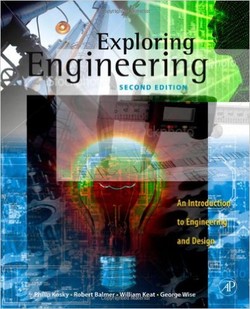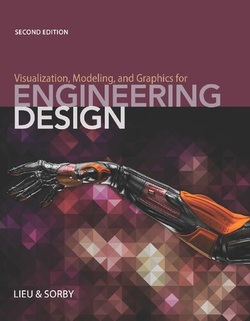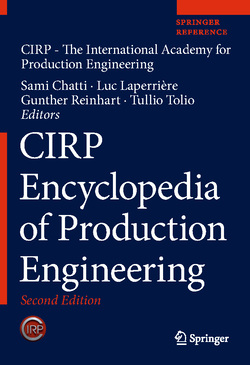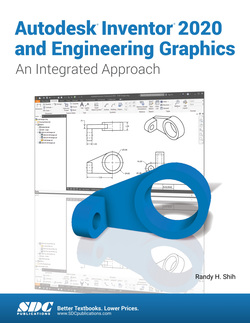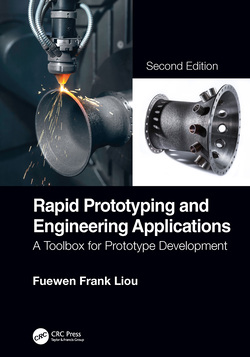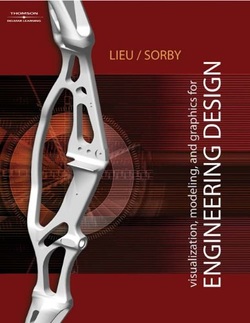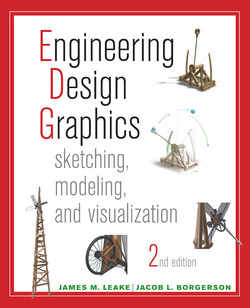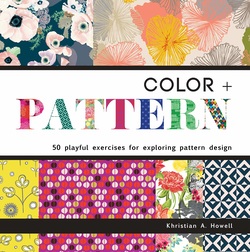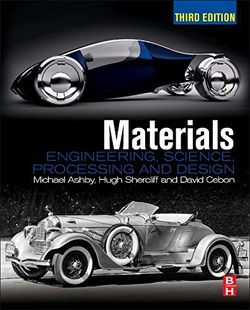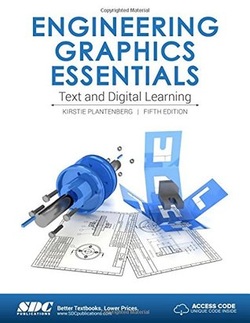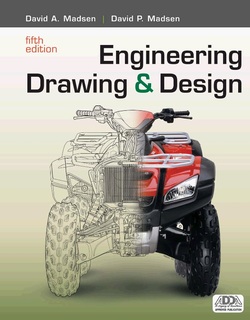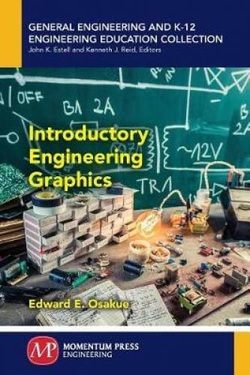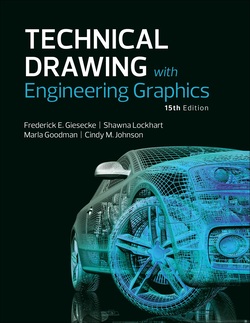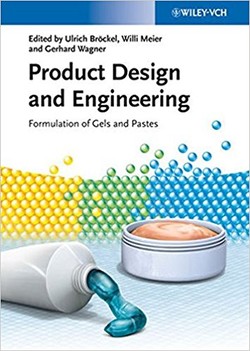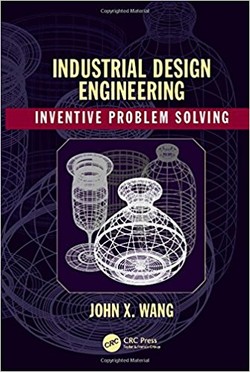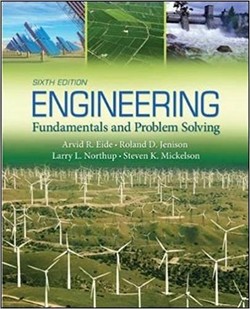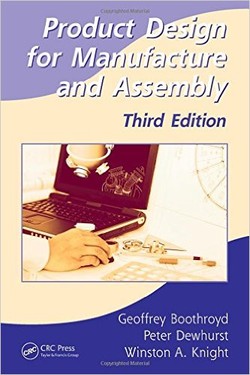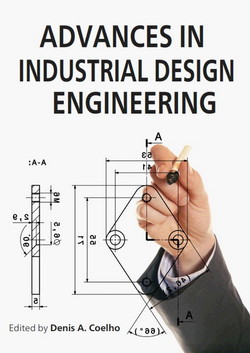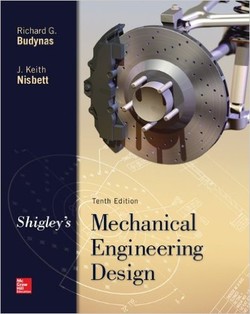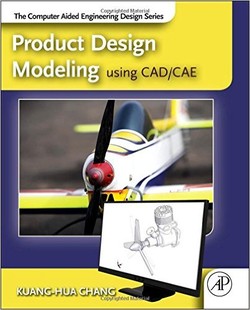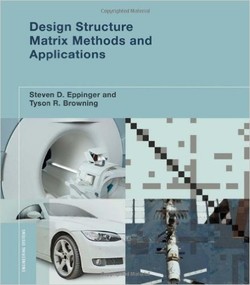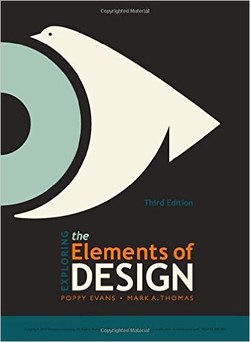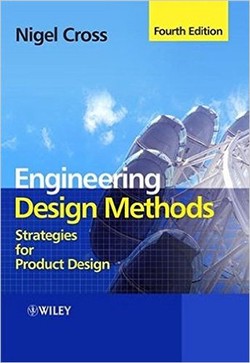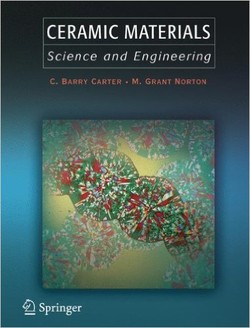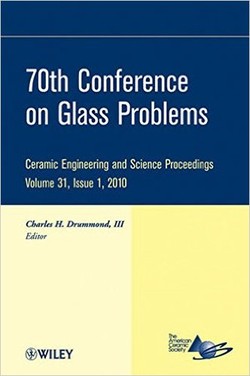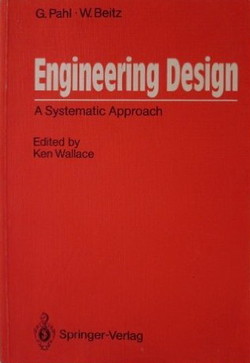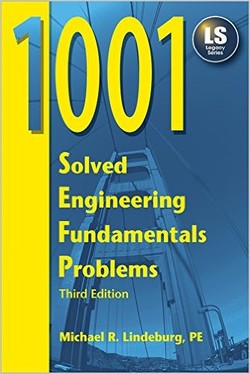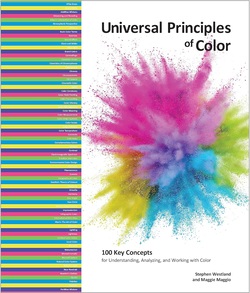هنگامی که نسخه اول این کتاب منتشر شد بهسرعت مورد توجه قرار گرفت و برنده بهترین و جدیدترین کتاب حوزه کارشناسی در انجمن ناشران آمریکایی گردید.
در این کتاب برای اولین بار مقدمهای بر حوزههای اصلی مهندسی و فرآیند طراحی مهندسی ارائه شد و متنی میانرشتهای برای مطالعه در اختیار مخاطبین قرار گرفت.
Philip Kosky به کمک همکارانش به معرفی اصول اساسی رشتههای فیزیک، شیمی و پایگاه دادهها برای تمام فعالیتهای مهندسی پرداخته است.
متن کتاب برای پوشش دادن مفاهیم و تمرینهای مهندسی به دو بخش سازمان یافته است. قسمت اول به معرفی مفاهیم پرداخته و در قسمت دوم فرصتی فراهم میشود تا مهندسین و دانشجویان با انجام پروژههای طراحی به درک عمیقی از مفاهیم دست بیابند.
این کتاب برای هر سه گروه مهندسین، مدیران و تکنیسینها مناسب بوده و بحثهایی بهمنظور دربرگرفتن این سه حوزه درنظر گرفته شده است. علاوهبراین تفاوتهای میان این سه حوزه نیز بیان شده است.
در این کتاب برای اولین بار مقدمهای بر حوزههای اصلی مهندسی و فرآیند طراحی مهندسی ارائه شد و متنی میانرشتهای برای مطالعه در اختیار مخاطبین قرار گرفت.
Philip Kosky به کمک همکارانش به معرفی اصول اساسی رشتههای فیزیک، شیمی و پایگاه دادهها برای تمام فعالیتهای مهندسی پرداخته است.
متن کتاب برای پوشش دادن مفاهیم و تمرینهای مهندسی به دو بخش سازمان یافته است. قسمت اول به معرفی مفاهیم پرداخته و در قسمت دوم فرصتی فراهم میشود تا مهندسین و دانشجویان با انجام پروژههای طراحی به درک عمیقی از مفاهیم دست بیابند.
این کتاب برای هر سه گروه مهندسین، مدیران و تکنیسینها مناسب بوده و بحثهایی بهمنظور دربرگرفتن این سه حوزه درنظر گرفته شده است. علاوهبراین تفاوتهای میان این سه حوزه نیز بیان شده است.
سال انتشار: 2010 | تعداد صفحات: 464 | حجم فایل: 10.16 مگابایت | زبان: انگلیسی
Exploring Engineering, Second Edition: An Introduction to Engineering and Design
نویسنده:
Philip Kosky, Robert Balmer, William Keat, George Wise
ناشر:
Academic Press
ISBN10:
0123747236
ISBN13:
9780123747235
